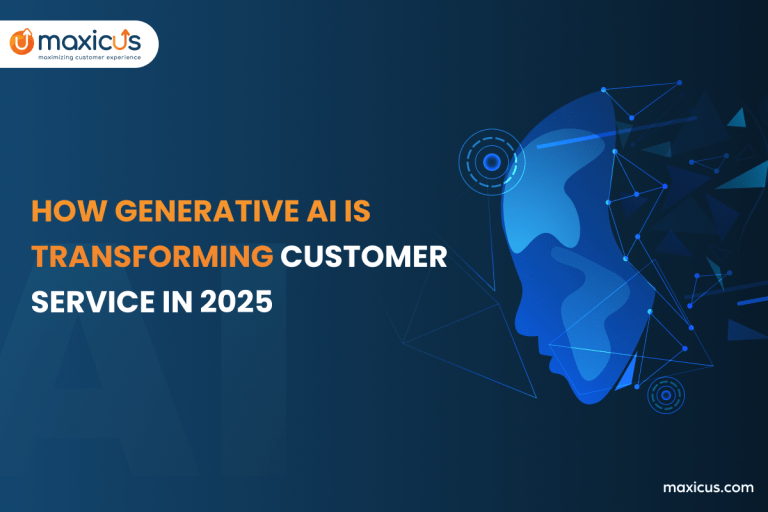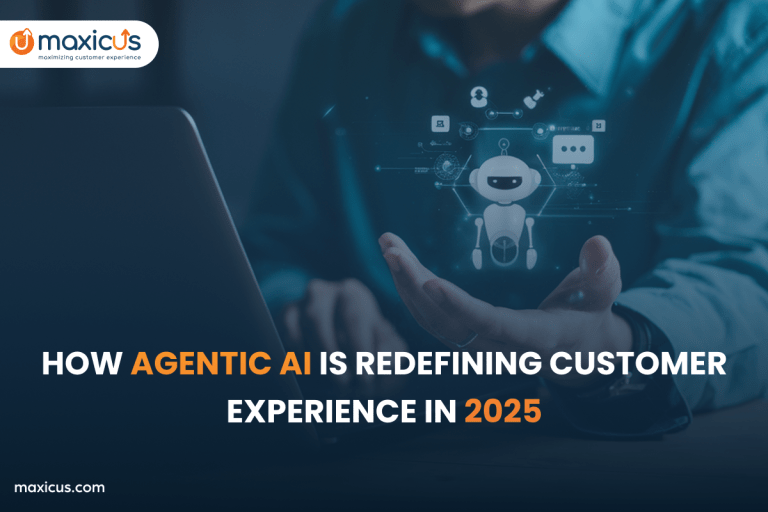Unlocking Phygital: Here’s Everything You Need to Know!
The Covid-19 pandemic has brought virtual commerce into sharp focus. The retail industry globally is left with no other option but to embrace this digital transformation to survive the competition.
The large physical stores are adopting digital solutions, and the digital-first brands are creating a physical space for themselves. The significance of a multi-channel sales strategy connecting the physical and digital aspects is well known to brands. Needless to say, this trend is here to stay.
This is what phygital commerce has to offer – perfect harmony between the physical and the digital worlds. Let’s take a closer look at phygital to understand its benefits.
What is Phygital Retail?
Some people explore products online before buying but still prefer to buy at a physical store and vice versa. You may have a physical and an online store, and let’s say, you make 30 sales in person and 250 sales online in a month. This might lead you to conclude that your physical store isn’t engaging customers effectively. However, it’s important to consider that most customers might have first visited your physical store and then made their purchase online, showcasing how the phygital approach bridges the physical and digital worlds seamlessly.
The physical stores provide an immersive brand experience that can’t be accomplished solely online, offering customers a tangible and sensory connection to your products. On the other hand, online stores provide comfort and flexibility to customers, allowing them to browse and purchase from anywhere at any time. Thus, integrating and harmonizing the physical and digital stores in your marketing strategy addresses this gap and bridges the physical and digital worlds, enabling customers to complete their transactions in the way that best suits them.
Phygital commerce, with its innovative use of phygital marketing strategies and QR codes, creates a virtual blend of physical and digital storefronts, delivering the best of both worlds to customers. A phygital store goes beyond traditional e-commerce by providing an engaging in-store experience for customers, even when they are digitally connected from the comfort of their homes. Through interactive features such as real-time interactions with sales representatives, a 360-degree view of products, and personalized recommendations, the phygital shopping experience strives to offer the benefits of both physical and digital stores, ensuring that customers feel connected and engaged throughout their journey.
By embracing phygital marketing strategies, your brand can effectively bridge the gap between the physical and digital experiences, creating a seamless and immersive customer journey. This approach unlocks the potential to engage customers on multiple levels, leverage the strengths of the physical world, and capitalize on the convenience and personalization of the digital realm. By incorporating phygital elements and leveraging QR codes, you can bridge the physical and digital worlds, enrich the physical experience, and deliver an enhanced shopping experience that captivates customers and drives sales.
Transform your shopping experience with phygital retail
Elements of Phygital Commerce
The phygital experience is successfully created by incorporating the 3 I’s: immersion, immediacy, and interaction, in the virtual shopping experience of customers.
Immersion: It involves making the users a part of the whole experience, from browsing to checkout.
Immediacy: It means that buyers get the right message and right deals at the right time, and they can choose to complete their orders in whichever way they want.
Interaction: The phygital customer experience is incomplete without this aspect. Interaction allows shoppers to understand the look and feel of the products and engage with the brand representatives when required.
Benefits of Phygital Commerce
A phygital commerce strategy is a win-win for both the brands and the customers. Let’s look at some of the significant benefits it has to offer.
1. Enhances customer experience dramatically
Integrating the in-store and online channels makes the buyer’s journey seamless and convenient. They can engage with your brand at a time and place of their convenience.
Phygital retail gives customers the flexibility to choose the shopping channel, payment mode, and even order fulfillment. Such an easy and quick online shopping experience is all that a customer can ask for in his or her hectic schedule. This makes them repeat customers and drives sales for your brand.
2. Increases brand awareness and loyalty
When customers can engage with your brand across multiple offline and online channels, it naturally increases your brand reach and awareness. As they interact with the sales representatives online in a phygital store or in-person to resolve any issues they might have, it builds their trust in your business. When customers feel listened to and understood, they are more likely to stay with you for the long term. The flexibility to shape their shopping experience in phygital commerce, thus, boosts brand loyalty.
3. Offers personalized attention
One of the best features of phygital commerce is personalized product recommendations and personalized interactions using a point-of-sale solution that integrates your physical store with your e-commerce platform. This gives a complete picture of each customer’s browsing and purchase history. Furthermore, this helps the brand to understand customers’ preferences and recommend the right products.
As per a McKinsey report, personalization leads to revenue growth of up to 15% more and increases marketing-spend efficiency by 30%.
4. Enables better inventory management
With phygital retail, you can manage your physical and online stores, which leads to unified inventory management and prevents stock-outs. You can see the number of your products in each store location and report accurately on it.
Diving into the future of Phygital: Physical + Digital
Different Phygital Retail Strategies
Phygital retail strategy streamlines the in-store and digital shopping experience for customers. It allows them to shop through their preferred shopping channel, whether a brick-and-mortar store, e-commerce platform, or social media.
Some of the popular phygital strategies are mentioned below:
Allowing customers to choose how they shop
Services such as buy online, pickup in-store (BOPIS), popularly called click and collect, and curbside pickup are examples of phygital commerce. BOPIS lets customers explore and purchase products online and pick them up from the physical store or a designated pickup point. For example, Your store uses magento platform and adds a store pickup extension that allows customers to select a store, set a date, and time for pick up, giving you time to get the things ready before they arrive and reducing the shipping cost. Similarly, customers place orders online in a curbside pickup but collect them in person. The only difference is that as soon as the customer reaches the retail store, he notifies the sales staff, bringing the order out to the curb.
AR and VR applications
Augmented reality and virtual reality enable customers to immerse themselves in the shopping experience digitally.
Pop-up stores
Online businesses can set up pop-up shops where shoppers can peruse their collection on an iPad, tablet, or any other digital device, and read customer reviews while exploring the products in person.
Using social media
Instagram, TikTok, Facebook and other social media platforms are great places to advertise your products and connect with your target audience. You can even utilize the eCommerce features on Facebook and Instagram and sell directly through them.
Deliver A Personalised Shopping Experience at Home
Phygital commerce will transform the retail landscape drastically in the time to come. It delivers a cohesive and personalized shopping experience to customers. This virtual experience with a human touch fosters brand loyalty and boosts sales. It, thus, works best for both the customers and the brands.










